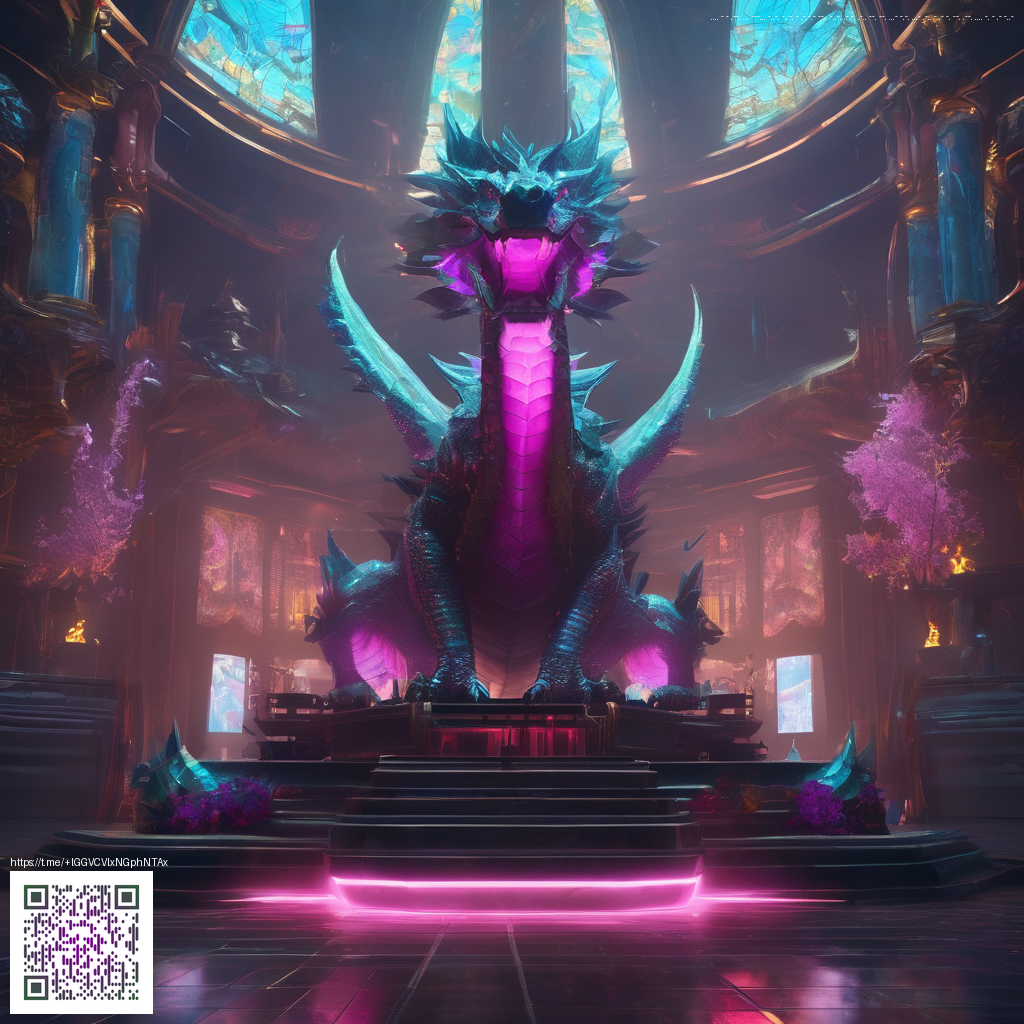
Metroid Dread and the Franchise's Second Wind on Switch
When this title arrived on the Nintendo Switch in October of two thousand twenty one, it did more than deliver a brisk chase through alien corridors. It marked a turning point for the series by marrying the beloved classic 2D exploration with modern design precision. The result was a renewal that felt both familiar and daring, proving that a long running franchise can reinvent its core rhythm without losing its soul.
From the moment you step into the first branching halls, the game emphasizes responsive control and deliberate pacing. The movement feels tight, with a flow that rewards careful planning as much as quick reflexes. A standout addition is the melee counter system, a timing based mechanic that rewards players for reading enemy tells and turning tense encounters into opportunities for decisive retaliation. Coupled with the surge of beam upgrades and handfuls of Aeion abilities, the combat loop stays varied while preserving the methodical backtracking that fans expect from a Metroid title.
The level design deserves special praise. Each biome introduces distinct visual cues and layout languages, nudging players to map out routes through careful exploration. The way power ups unlock previously blocked paths creates a satisfying sense of continuity, as if the map itself is slowly breathing with you. Boss encounters and EMMI sections inject high stake moments that test both reflexes and patience, ensuring that the campaign feels exciting from start to finish.
MercurySteam and Nintendo stress that the experience honors long running Metroid sensibilities while pushing for cleaner pacing, tighter combat, and more immediate feedback during exploration.
Updates and post launch refinements helped tighten the experience further. While the core design remains intact, patches addressed performance on the handheld friendly screen and smoothed out minor hiccups in frame pacing. It is a reminder that a successful redefinition often benefits from thoughtful polish after the initial wave of discovery.
Community members quickly latched onto the ship shaped tempo of the game, with speedrunners and theory crafters dissecting routes and sequences to shave precious seconds from their runs. The shared understanding that exploration can be both brisk and deliberate fostered a robust discourse around what it means to navigate a Metroidvania with purpose. Art, streams, and fan theories sprouted up as players compared route choices and marveled at how small discoveries could ripple into large shifts in how a run is approached.
Modding culture around the broader Metroid universe continues to thrive even as a Nintendo published adventure for a popular hybrid platform. While Switch specific modifications remain limited by platform constraints, the community gravitates toward fan art, cosmetic spoofs, and theory driven projects. On PC and in emulation circles, fans experiment with texture packs and quality of life tweaks for related experiences, underscoring how the franchise remains a learning ground for creators who crave deeper system level understanding and creative reinterpretation.
From a developer perspective this title serves as a case study in balancing nostalgia with forward momentum. The team leaned into the essentials of what makes a Metroid journey compelling—atmosphere, atmosphere, and atmosphere—while streamlining the pace to keep modern players engaged. The result feels like a bridge between generations, a proof that a storied franchise can honor its roots and still push for new ideas.
For fans and newcomers alike, the lessons are clear. The evolution of this series in the Switch era demonstrates that reverence for the old ways can coexist with refined gameplay systems and contemporary polish. It invites players to re park in familiar corridors with a sharper sense of purpose while remaining open to bold design choices that reshape how exploration and combat intertwine.
Support the decentralized future of the web by backing independent coverage and community voices through a small donation on Ko fi. This helps sustain opinionated game writing thatValue treats the scene as a living conversation rather than a headline chasing machine.
Support the Decentralized Internet